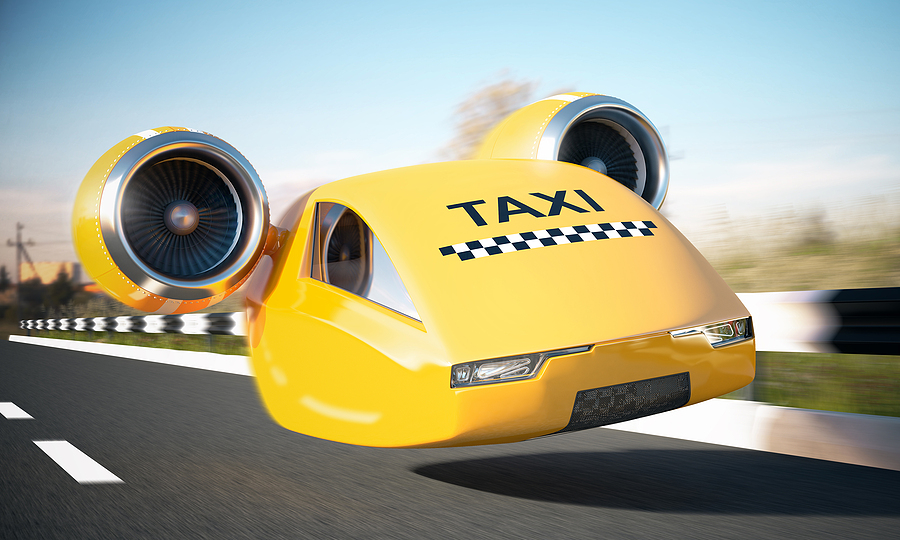Autonomous flying taxis could transport Australians around city centres in coming years but will need strict rules to ensure they are not pushed off course by unexpected urban winds, a report warns.
Researchers at RMIT University issued the warning after their study found turbulent gusts around city buildings could affect the stability advanced air mobility vehicles and further research was needed to ensure passenger safety.
The findings come despite advances in flying taxis, also known as electric vertical take-off and landing (eVTOL) craft, which are being developed by companies including Boeing, Toyota, Hyundai, Airbus and Embraer.
It also comes in the same year Uber predicted it would be flying passengers around Melbourne’s city centre.
The RMIT study, published in MDPI’s Drones journal, found wind gusts in cities could be powerful enough to disrupt aircraft launches and landings from “vertiports” on high-rise buildings.
“This exposes the fleet of aircraft to a wide range of challenging flow conditions, specifically large-scale gusts induced by urban infrastructure which can persist up to several kilometres away from the source and interact in complex ways,” the study found.
Lead researcher and RMIT senior lecturer Abdulghani Mohamed told AAP the study raised questions about landing pad designs and flying regulations.
The US and European Union have drafted rules for the use of air taxis but Australia’s Civil Aviation and Safety Authority has yet to issue rules for the industry.
Dr Mohamed said without certified aircraft or substantial real-world testing, creating comprehensive regulations would remain a challenge.
“It’s a bit of a chicken-and-egg situation where when you don’t have these aircraft it’s hard for regulatory bodies to say, ‘okay, we’ll put thresholds here or there’,” he said.
“There’s also a lot more research required into understanding the limitations.”
Dr Mohamed said Australian regulators needed to study hazards such as wind gusts, building design, bird strikes and noise pollution and determine what organisations should provide vital information to autonomous aircraft, such as up-to-date weather data.
“Everyone is excited about this technology because it is greener and also it will hopefully reduce traffic,” he said.
“But full autonomous operation where you can pick up your phone and go, ‘all right, I’m going to go from the CBD to a town an hour away,’ there’s still a lot of work to go before the point.
“You’re probably looking several years down the track.”
Uber made headlines in June 2019 when it announced Melbourne would be the first international city to host its flying car service, which was due to launch commercially in 2023.
But the company sold its stake in the industry to Joby Aviation in late 2020.
Australia is expected to get eVTOL aircraft flying in 2026 after Sydney Seaplanes and Queensland tourism group Nautilus Aviation signed deals with Eve Urban Air Mobility.
The aircraft are expected to fly around Sydney and over Queensland’s Great Barrier Reef.
Jennifer Dudley-Nicholson
(Australian Associated Press)





